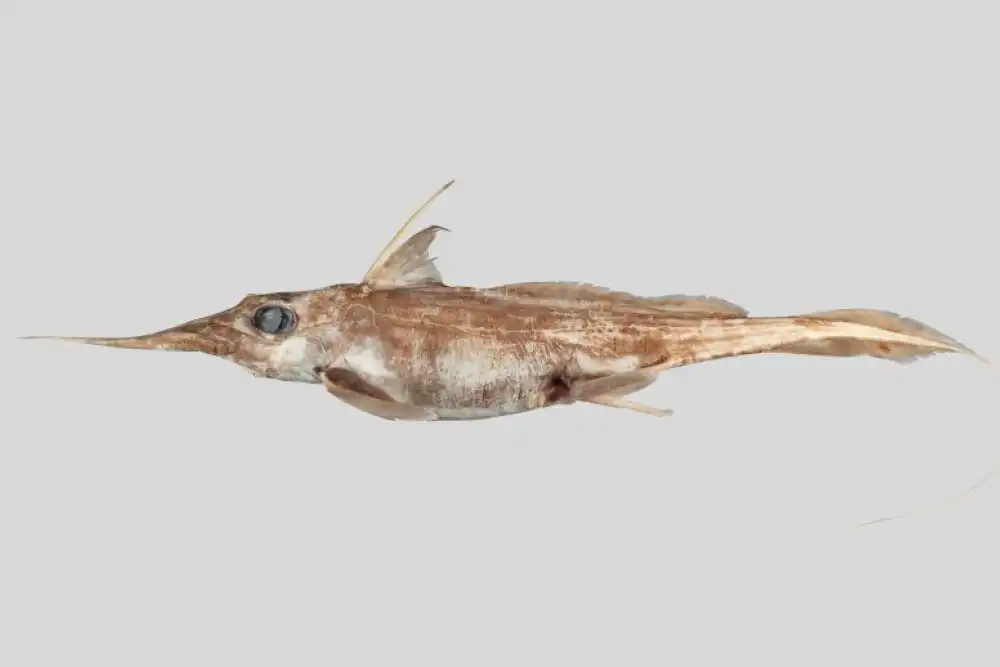
A new species of chimaera endemic to the deep sea around Australia and New Zealand has been discovered by scientists from New Zealand’s National Institute of Water and Atmospheric Research (NIWA).
Harriotta avia is a new species of chimaera – also known as ghost sharks and rat fish – dubbed the ‘narrow-nosed spookfish’.
Chimaera are chondrichthyes – cartilaginous fish – and are distantly related to sharks and rays, although they are thought to have diverged from their relatives some 400 million years ago.
There are currently 56 known species of chimaera spread across three families, including two other species from the Hariotta genus. The scientists behind the new study believe that the new species is probably one of several that have previously been lumped together under the name Harriotta raleighana – the narrownose chimaera – which is found in deep oceans across the globe.
Once thought to be a very abundant type of fish – there are many extinct species of chimaera in the historical record – little is known about their populations and habitats. With a small number of exceptions, ghost sharks are deep-water fish, with most specimens studied caught as accidental bycatch.
Most species are currently classed as being of ‘Least Concern’ by the IUCN Red List of Threatened Species, with three currently classed as Vulnerable and six as Near Threatened, but scientists say that difficulty studying them means that overall, the entire Chimaeriformes order could be classed as ‘data-poor’.
“Ghost sharks like this one are largely confined to the ocean floor, living in depths of up to 2,600m, said Dr Britanny Finucci, lead author of the study. ‘Their habitat makes them hard to study and monitor, meaning we don’t know a lot about their biology or threat status, but it makes discoveries like this even more exciting.
‘We are still describing new species on a regular basis,’ she added, ‘and sometimes these discoveries have been right under our noses the whole time.’
Harriotta avia is distinguished from its relatives due to the ‘elongated, narrow and depressed’ snout which takes up some 56 per cent of the animal’s body length; large eyes; and very long, broad pectoral fins. Genetic differences also mark it out as a unique species.
While the common name of the newly described narrow-nosed spookfish is self-evident, its scientific classification is a tribute to Dr Finucci’s grandmother.
‘Avia means grandmother in Latin,’ said Dr Finucci; ‘I wanted to give this nod to her because she proudly supported me through my career as a scientist. Chimaeras are also rather ancient relatives – the grandmas and grandpas – of fish and I thought the name was well suited.’
The paper ‘Harriotta avia sp. nov. – a new rhinochimaerid (Chimaeriformes: Rhinochimaeridae) described from the Southwest Pacific’ by Brittany Finucci et al, is published in Environmental Biology of Fishes.


